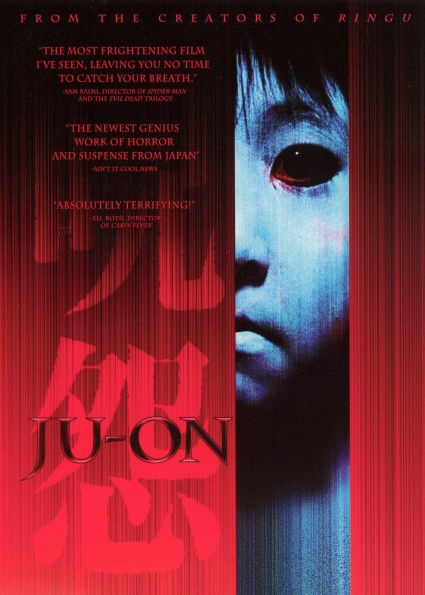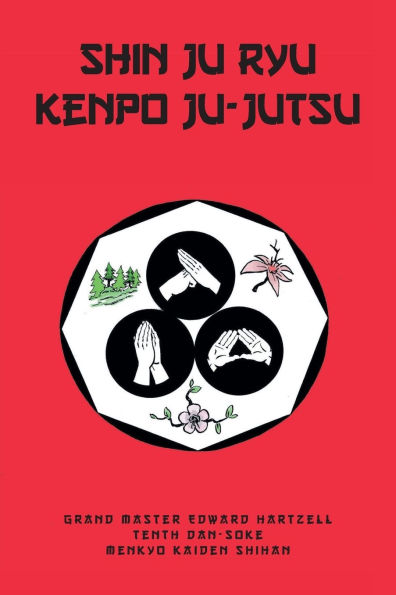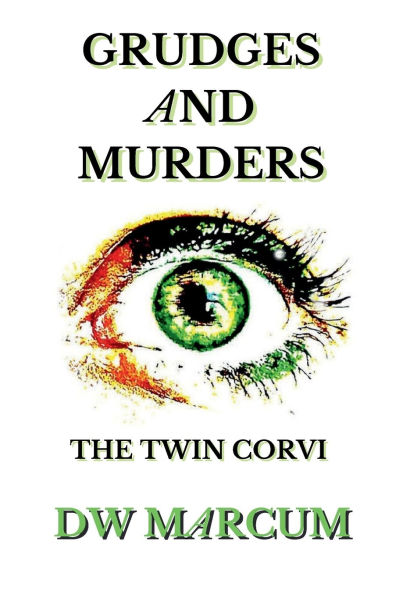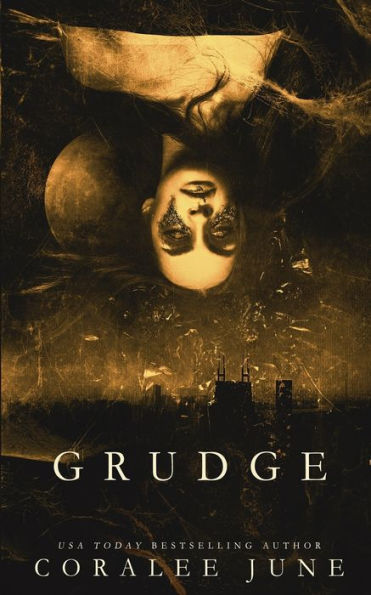Home
Ju-On: The Grudge
Barnes and Noble
Loading Inventory...
Ju-On: The Grudge in Franklin, TN
Current price: $27.45

Barnes and Noble
Ju-On: The Grudge in Franklin, TN
Current price: $27.45
Loading Inventory...
Size: OS
Takashi Shimizu's
Ju-on
franchise was a principal instigator in the rise of contemporary Japanese horror and its international popularity at the turn of the millennium. Following the success of Hideo Nakata's
Ringu
(1998), the first cinematic release of
Ju-on: The Grudge
in 2002 crystallized Japanese horror's rise to prominence and outlined the new decade's thematic interest in supernatural technology and fear of contagions, while skillfully navigating domestic social concerns, such as Japan's growing elderly population and domestic violence.
This Devil's Advocate explores the production roots of
Ju-on The Grudge
, followed by a critical reading of the film that highlights its essential themes and motifs, in addition to a section on cultural influences, before concluding with a section on Shimizu's continued involvement with the
franchise and its ongoing legacy. The book serves as an excellent primer for readers without prior knowledge of Japanese horror or the
film cycle, while providing fresh perspectives on the film that makes it equally appealing to J-horror aficionados.
Ju-on
franchise was a principal instigator in the rise of contemporary Japanese horror and its international popularity at the turn of the millennium. Following the success of Hideo Nakata's
Ringu
(1998), the first cinematic release of
Ju-on: The Grudge
in 2002 crystallized Japanese horror's rise to prominence and outlined the new decade's thematic interest in supernatural technology and fear of contagions, while skillfully navigating domestic social concerns, such as Japan's growing elderly population and domestic violence.
This Devil's Advocate explores the production roots of
Ju-on The Grudge
, followed by a critical reading of the film that highlights its essential themes and motifs, in addition to a section on cultural influences, before concluding with a section on Shimizu's continued involvement with the
franchise and its ongoing legacy. The book serves as an excellent primer for readers without prior knowledge of Japanese horror or the
film cycle, while providing fresh perspectives on the film that makes it equally appealing to J-horror aficionados.
Takashi Shimizu's
Ju-on
franchise was a principal instigator in the rise of contemporary Japanese horror and its international popularity at the turn of the millennium. Following the success of Hideo Nakata's
Ringu
(1998), the first cinematic release of
Ju-on: The Grudge
in 2002 crystallized Japanese horror's rise to prominence and outlined the new decade's thematic interest in supernatural technology and fear of contagions, while skillfully navigating domestic social concerns, such as Japan's growing elderly population and domestic violence.
This Devil's Advocate explores the production roots of
Ju-on The Grudge
, followed by a critical reading of the film that highlights its essential themes and motifs, in addition to a section on cultural influences, before concluding with a section on Shimizu's continued involvement with the
franchise and its ongoing legacy. The book serves as an excellent primer for readers without prior knowledge of Japanese horror or the
film cycle, while providing fresh perspectives on the film that makes it equally appealing to J-horror aficionados.
Ju-on
franchise was a principal instigator in the rise of contemporary Japanese horror and its international popularity at the turn of the millennium. Following the success of Hideo Nakata's
Ringu
(1998), the first cinematic release of
Ju-on: The Grudge
in 2002 crystallized Japanese horror's rise to prominence and outlined the new decade's thematic interest in supernatural technology and fear of contagions, while skillfully navigating domestic social concerns, such as Japan's growing elderly population and domestic violence.
This Devil's Advocate explores the production roots of
Ju-on The Grudge
, followed by a critical reading of the film that highlights its essential themes and motifs, in addition to a section on cultural influences, before concluding with a section on Shimizu's continued involvement with the
franchise and its ongoing legacy. The book serves as an excellent primer for readers without prior knowledge of Japanese horror or the
film cycle, while providing fresh perspectives on the film that makes it equally appealing to J-horror aficionados.

















